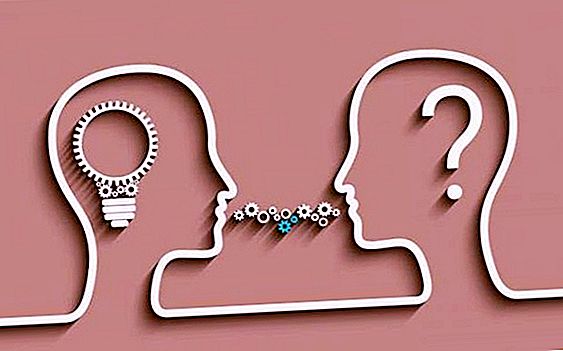Surface structures and deep structures are concepts that are used in NLP to explain the language metamodel. They reflect two states of thought - that which a person experiences, and that which he ultimately says.

Have you ever noticed that the experiences inside us are much fuller and more colorful than those that we can express verbally? This complete picture of our feelings is the deep structure of the language. It consists of conscious and unconscious components, but the greater part, of course, is not conscious: a huge layer of sensations and thoughts is beyond the scope of verbal communication. The deep structure is the first step that has not yet taken shape on the path to the final formulation of the sentence and uttering words aloud or in writing. Surface structures - this is how a person ultimately framed his experiences in a verbal form. Pronounced or written words often do not contain even a small part of what was in the deep structures. As mentioned above, a lot of things are simply not conveyed by words, but part of the thoughts are lost due to three processes that model the final verbal form of the language: omission, distortion and generalization of information. The ratio of deep and surface structures can be simplified to understand on any sentence. For example: “I am studying a metamodel” and “I am studying a metamodel.” In these sentences, the original thought, i.e. deep structure, one, but thought is framed in different ways. Design is the surface structure. The study and understanding of these terms is necessary for the development of the basics of NLP, in particular its fundamental theory - the metamodel of the language.
